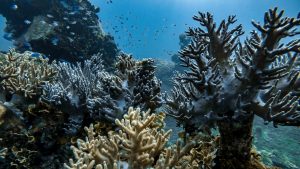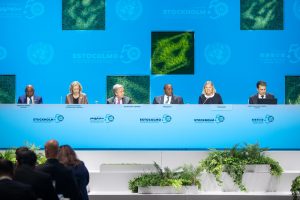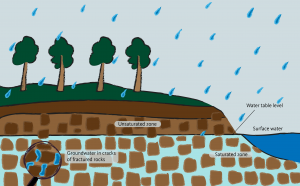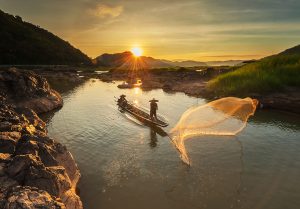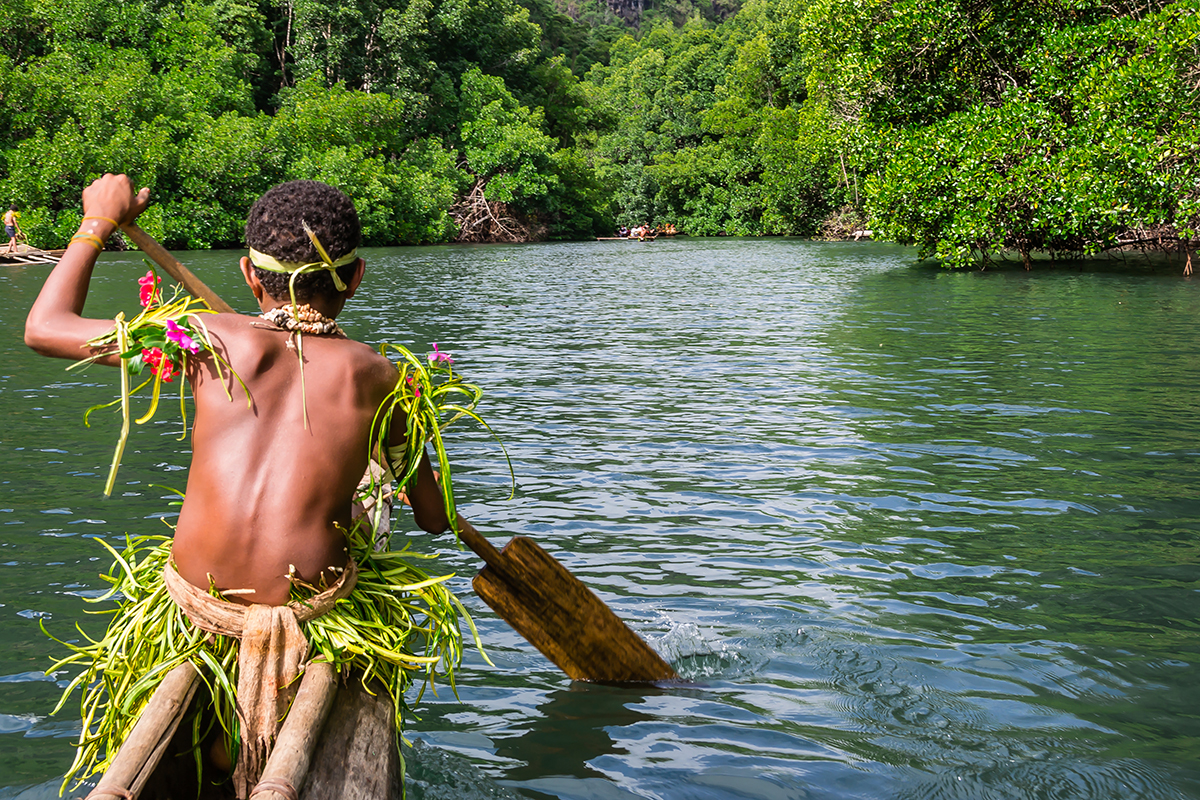- SIWI – Leading expert in water governance
- /
- Latest
- /
- Tin anniversary for water and sanitation as human rights
Tin anniversary for water and sanitation as human rights
The global community has made commitments to the human rights to water and sanitation (HRWS). A closer look in the archives gives useful clues to how to move forward to ensuring them for all.

An important step was taken in September 2010 when a United Nations Resolution adopted by the Human Rights Council explained the role of UN Member States in relation to safe drinking water and sanitation.
The Resolution reaffirms that international human rights law instruments, including the 1966 International Covenant on Economic, Social and Cultural Rights, entail obligations. Further, it said that States have the primary responsibility to ensure the full realization of all human rights. This followed up on and reaffirmed what the UN General Assembly had acknowledged in another Resolution a few months earlier: that equitable access to safe and clean drinking water and sanitation is an integral component of the realization of all human rights, and essential for the enjoyment of life.
Crucially, the Human Rights Council added arguments that resulted in a paradigm shift by referring to how the rights to water and sanitation are “derived from the right to an adequate standard of living and inextricably related to the right to the highest attainable standard of physical and mental health, as well as the right to life and human dignity.” The words may come across as dry and ceremonial, but the devil is in the details. This resolution served to lay down that the entitlements and freedoms, which access to safe drinking water and sanitation comprises, are corresponding to binding international law on the state as a duty-bearer.
As SIWI’s focal point for the human rights-based approach I sometimes get the question how much those UN resolutions changed the situation. This is almost impossible to answer as we don’t have a benchmark that enables us to compare the situation before and after 2010 to determine how many more people now have access to safe drinking water and adequate sanitation. It is also very difficult to measure and monitor what has happened due to the two human rights in question. The 1966 Covenant allows for full realization of the human rights through progressive steps, which has rightly been described as ‘aspirational’, vague, and not imposing sufficiently clear obligations on states.
International human rights law lacks the policing power of a nation state. But make no mistake: the ‘binding’ nature of the HRWS is not only symbolic. The fact that we now have the HRWS in the toolbox provides civil society and us citizens with arguments for advocacy – and gives rights-holders a legal footing to hold governments to account. Mr Jitendra Singh complained that an authority had violated its duty to protect communal water bodies against private companies; subsequently, the Supreme Court of India agreed and referred to the Constitution’s clause on the right to life, which includes the right to potable water.
One concrete result of the UN system placing more weight on water globally and locally could be seen when the Sustainable Development Goals, the SDGs, were negotiated and consulted on ahead of their adoption in 2015. The target on water in SDG 6.1, to achieve universal and equitable access to safe and affordable drinking water for all, is influenced by how the human right to water is defined. The HRWS informed the whole 2030 Agenda so that it came to involve an explicit reminder that no one can be left behind. This, obviously, is a fundamental difference compared to the Millennium Development Goal’s water target that only sets aim for ‘halving the proportion without’ access and allowed a misguided focus on the lowest-hanging fruit.
State Governments are obliged to guarantee the supply of water to all, enough to meet the usual domestic needs. Living standards, health and dignity are aspects of particular importance during the ongoing Covid-19 pandemic, when the World Health Organization recommends frequent handwashing as one of the most effective ways to prevent its spread. But even under normal circumstances, the burden of diarrhoeal diseases related to water, sanitation and hygiene still kills some 525,000 children under five yearly, and water insecurity causes psychological distress even in countries like the US. There is still a long way to go.
Where is the UN at 75?
2020 also marks the 75th anniversary of the signing of the UN Charter. This intergovernmental organization is often criticized for being crippled and unable to respond to the wicked challenges of the 21st century. Yet, its relevance is undisputed when it comes to laying the groundwork for cooperation, for bringing together policymakers, and for promoting global solutions based on legally binding international law.
The UN’s on-the-ground activities are also of practical importance. The system relies on so-called Special Rapporteurs with mandates in the fields of their respective human rights. As independent experts, they monitor and report on human rights violations and advise the UN as well as individual countries on how to step-up protection. They also conduct country visits to pick up critical issues that require detailed attention.
The human rights to water and sanitation is about to welcome its third Rapporteur – and the outgoing Léo Heller has a final message: it is time to move beyond advocacy and to highlight the challenges in implementation.
It falls under the mandate of another Special Rapporteur – the one “on the issue of human rights obligations relating to the enjoyment of a safe, clean, healthy and sustainable environment” – to investigate the state of water resources ‘upstream’ of the services provision (the realm of the WASH sector). This fall, David R. Boyd has issued a call for input on all things related to the global water crisis (Too Dirty, Too Little, Too Much!) and human rights. Departing from stories and best practices described in the resulting report, the Human Rights Council can put more pressure on governments to improve management and governance of water as a resource, and other interconnected natural resources, beyond what is needed to provide safe drinking water.
Tin (or aluminium) is the traditional 10th wedding anniversary gift; it signifies that relations are on a strong and resilient path. The next big celebration will coincide with the final reporting on achievements of the SDGs in 2030. Until then, remember that washing your hands properly takes about as long as singing ‘Happy Birthday’ twice: once for water, and then for sanitation.
Interested in lodging a complaint to your national Ombudsman? Instructions for how to Claim Your Water Rights can be found here.

